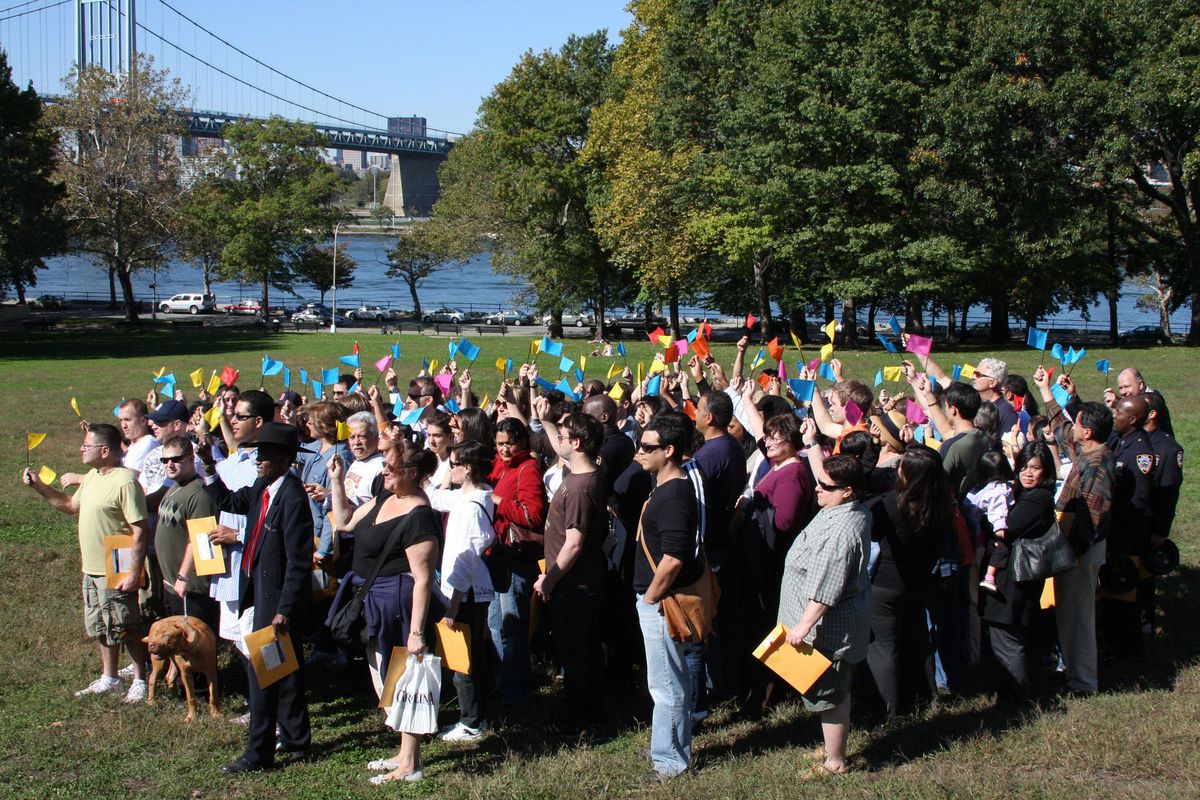Migration innovation
National Geographic Society project offers DNA kit to track your family’s ancestry

Want to be a part of ancient history? The National Geographic Society’s Genographic Project is inviting the public to join its massive effort to map the history of human migration using DNA.
More than 560,000 people have participated since the project began in 2005. A second phase that launched in December uses more advanced technology to provide a deeper picture of how our ancestors populated the globe over the past 60,000 years.
The test reveals an individual’s maternal ancestry through mitochondrial DNA (mtDNA), passed from mother to child, and for men reveals paternal ancestry through the Y chromosome, passed from father to son. Another 130,000 genetic markers across the human genome reveal broader regional affiliations, so women can get a sense of their paternal lineage, as well as any cross-pollination with Neanderthals and Denisovans, our now-extinct hominid cousins who resided in Eurasia when Homo sapiens started their trek out of Africa.
The project’s important scientific discoveries include detecting Western European DNA in some Christian Lebanese men that likely is a legacy of the Crusades.
“The more people we can enroll, the more power we have to see these genetic patterns,” said project director and population geneticist Spencer Wells.
It has also affected participants on a personal level. Tamecca Tillard, a 38-year-old entrepreneur from Brooklyn, participated in hopes of confirming that she has native Hawaiian blood.
Tillard’s mother’s family, over several generations, took part in the Hawaiian tradition of “hanai,” a practice of informal adoption. Through the Genographic Project, Tillard discovered she does have native Hawaiian blood, as well as sub-Saharan African, South Asian, Southeast Asian, Southwest Asian, Northern European, South African and Mediterranean. Her mtDNA showed her mother’s ancestors were in the first wave of migrants who left Africa. She also is 3 percent Neanderthal or Denisovan.
“It was extremely powerful to think how deeply connected I am to so many people,” Tillard said.